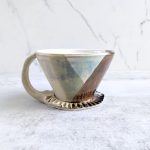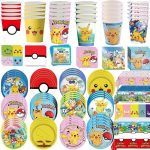Teapots are a symbol of warmth, tradition, and culture, especially in tea-drinking societies. A handmade ceramic teapot, with its rich craftsmanship and unique design, has become a favorite choice for tea enthusiasts worldwide. But with so many options available, how do you choose the perfect one for your needs? This guide will walk you through the essential factors to consider when selecting the handmade ceramic teapots. Whether you’re a seasoned tea drinker or someone looking for a gift, this article will help you make an informed decision.
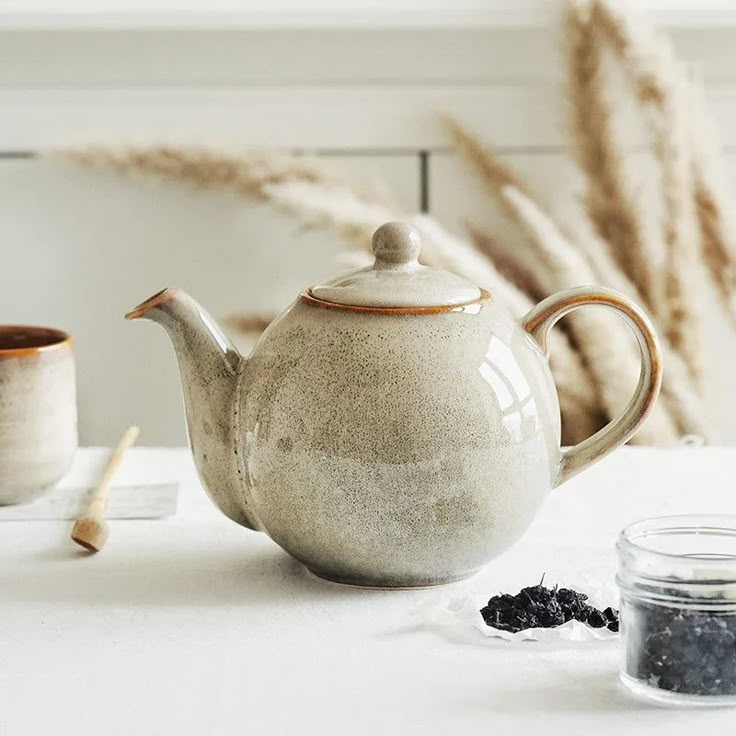
Why Choose Handmade Ceramic Teapots Over Mass-Produced Ones?
When it comes to teapots, there are many options to choose from. You can opt for mass-produced versions, often found in department stores. However, handmade ceramic teapots have a distinct edge that makes them highly sought after. Here’s why they stand out:
- Artisan Craftsmanship: Each handmade ceramic teapot is crafted by skilled artisans, giving it a unique touch that mass-produced teapots simply cannot match. The attention to detail and artistry behind each teapot is a reflection of the craft.
- Durability: Handmade ceramic teapots are often more durable than mass-produced ones, as artisans use high-quality materials and traditional methods to ensure longevity.
- Aesthetic Appeal: The beauty of handmade ceramic teapots lies in their individuality. Whether you prefer rustic, modern, or vintage designs, these teapots can be customized to reflect your personal taste.
Handmade ceramic teapots, therefore, bring a special charm to tea-making and can enhance the overall experience.
Understanding the Different Types of Handmade Ceramic Teapots
Choosing the right type of teapot is crucial to getting the perfect one for your tea-drinking needs. Handmade ceramic teapots come in various styles, each designed for specific types of tea and occasions. Here are some of the most popular options:
- Japanese Kyusu Teapots: Known for their unique, sideways handles, Japanese Kyusu teapots are perfect for brewing green tea. The small size allows for precise control over the tea’s steeping process.
- Chinese Yixing Teapots: Made from purple clay, Yixing teapots are famous for their ability to absorb the flavors of the tea over time, enhancing the flavor of every brew. They’re typically used for Chinese teas like oolong and pu-erh.
- English Teapots: These teapots have a more traditional, elegant design and are often larger in size. They are perfect for brewing black or herbal teas for multiple servings.
- Contemporary Ceramic Teapots: Modern handmade ceramic teapots can come in various artistic designs and sizes, offering a wide range of options for those seeking unique and stylish pieces.
Understanding the specific needs of your tea preferences will help you choose the right handmade ceramic teapot that complements your style and taste.
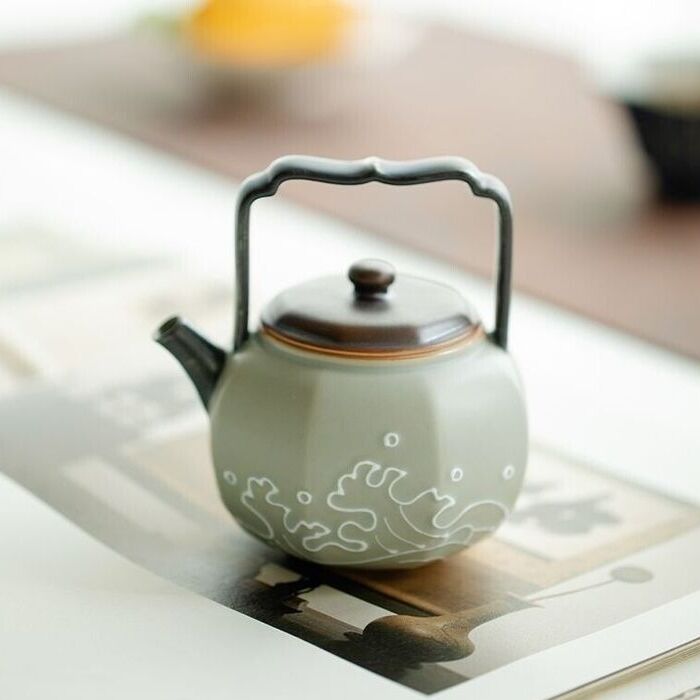
The Material of Handmade Ceramic Teapots: What You Need to Know
The material of a handmade ceramic teapot is one of the most important factors to consider when making a selection. Different materials influence the teapot’s heat retention, brewing ability, and overall aesthetic. Here’s a breakdown of common ceramic materials used for handmade teapots:
- Porcelain: Porcelain teapots are known for their smooth, fine finish and delicate beauty. They’re great for brewing delicate teas like white tea, as they maintain the ideal temperature for these teas.
- Stoneware: Stoneware teapots are thicker and offer better heat retention than porcelain. They’re perfect for brewing stronger teas like black tea, as they keep the tea warm longer.
- Earthenware: This is a more rustic, traditional option. Earthenware teapots tend to absorb heat well and have a more porous surface, which is ideal for enhancing the flavor of certain types of tea.
When choosing a handmade ceramic teapot, it’s important to understand the characteristics of each material to ensure it matches your brewing preferences.
Size and Capacity: How Much Tea Do You Need?
The size and capacity of a teapot are essential factors to consider, especially depending on how much tea you typically brew. A handmade ceramic teapot can range from small single-serving designs to large family-sized versions. Here’s what to think about:
- Single-Serving Teapots: These are typically smaller teapots, perfect for those who enjoy a cup or two of tea at a time. They often have a capacity of 12-16 oz.
- Medium-Sized Teapots: These teapots usually hold 20-30 oz of liquid and are ideal for couples or small gatherings. They’re versatile and great for a variety of tea types.
- Large Teapots: If you frequently entertain guests or have a large family, you’ll want a handmade ceramic teapot with a capacity of 40 oz or more.
Knowing how much tea you typically brew will help you determine the ideal size for your handmade ceramic teapot.
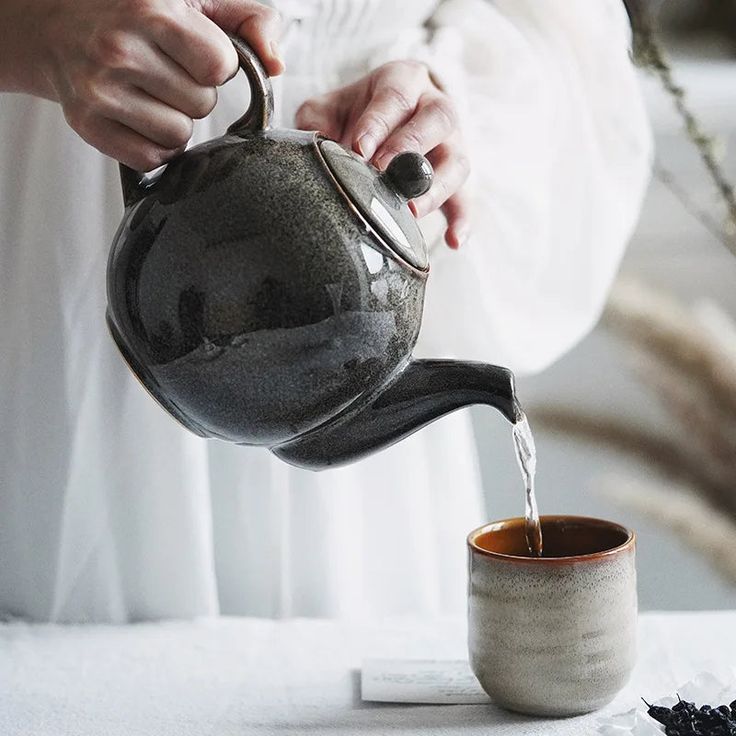
Teapot Design: Aesthetics vs. Functionality
While the design of a handmade ceramic teapot can greatly enhance your kitchen or tea-drinking experience, it’s essential to strike a balance between aesthetics and functionality. Here’s how to approach the design:
- Ergonomics: A well-designed teapot should be easy to pour and handle. Look for features like a comfortable handle and a well-designed spout to avoid spillage.
- Lid Fit: The lid should fit snugly to prevent heat from escaping. Some handmade ceramic teapots feature beautifully crafted lids that also serve as part of the aesthetic.
- Decoration: Handmade teapots often feature intricate patterns, glazes, or hand-painted designs. Choose a design that reflects your personal taste, but ensure that the teapot’s shape and functionality still meet your needs.
Balancing aesthetics with practicality will help you enjoy both the visual appeal and the performance of your teapot.
The Importance of a Proper Tea Strainer
Some handmade ceramic teapots come with built-in strainers, while others require an additional tea infuser or strainer. A good-quality tea strainer helps ensure that your tea is brewed perfectly without loose tea leaves floating in your cup. Consider the following:
- Built-In Strainers: Some teapots have an integrated mesh or ceramic strainer that separates the tea leaves from the brew. This is especially useful for loose-leaf teas and can prevent the mess of additional tools.
- Separate Tea Strainers: If your teapot does not have a built-in strainer, a separate tea infuser is an excellent option. Make sure it fits properly and is made of stainless steel or another durable material.
Investing in a good strainer will help you brew tea more efficiently and make your tea-drinking experience even better.
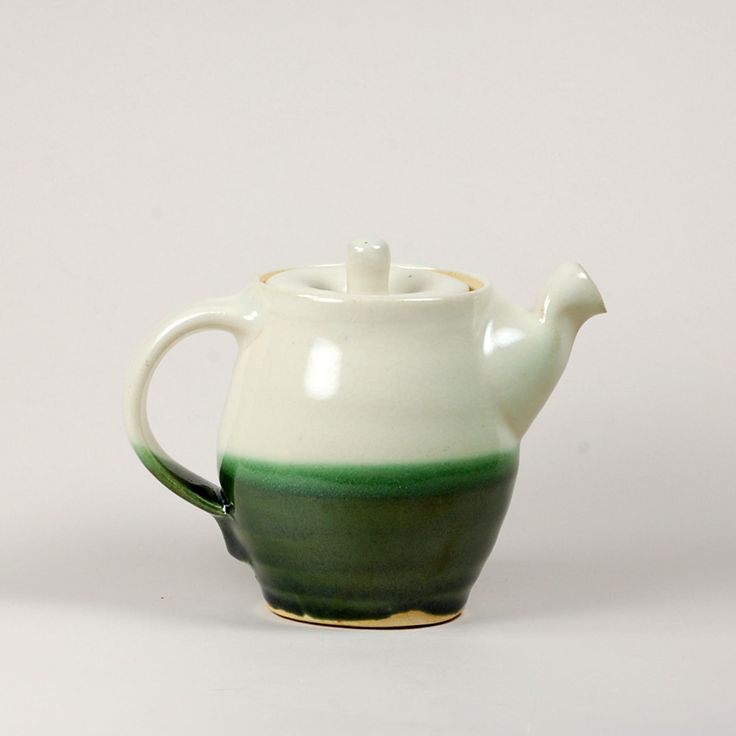
Care and Maintenance of Ceramic Teapots
Taking proper care of your handmade ceramic teapot is essential to preserve its beauty, functionality, and longevity. Here are some key maintenance tips to help you maintain your teapot in excellent condition:
- Cleaning: Always hand-wash your handmade ceramic teapot with warm water and a mild, non-abrasive detergent. Avoid using harsh chemicals, as they can damage the ceramic surface and any delicate designs or glazes. Never put your teapot in the dishwasher, as the high temperatures and detergents can weaken the ceramic and cause fading or cracking. Gently scrub the teapot with a soft sponge or cloth to ensure thorough cleaning without damaging the surface.
- Drying: After washing, allow your teapot to air dry naturally. Avoid using towels or cloths that may leave fibers or lint behind. Never place the teapot in direct heat sources such as ovens, radiators, or near stoves, as this can cause rapid temperature changes and lead to cracks. Allow it to dry at room temperature for best results.
- Storage: Store your handmade ceramic teapot in a cool, dry place, away from direct sunlight or humid areas. Ensure it is placed somewhere safe, such as in a display cabinet or a shelf with a cushioned base, to prevent any accidental chips or cracks.
By following these simple care practices, your handmade ceramic teapot will retain its beauty and functionality for many years to come, providing you with a durable and cherished piece for your tea-drinking rituals.
Price Considerations: Is a Ceramic Teapot Worth the Investment?
Handmade ceramic teapots can be a bit more expensive than mass-produced models, but the price often reflects the quality, craftsmanship, and uniqueness of the piece. Here are some factors that influence the price:
- Craftsmanship: Teapots made by skilled artisans are usually more expensive due to the time and effort put into their creation.
- Material Quality: Higher-quality materials like porcelain or stoneware can add to the cost, but they often result in better durability and heat retention.
- Design Complexity: Intricate designs or hand-painted decorations can increase the price of a teapot. These details require additional time and expertise.
Ultimately, a handmade ceramic teapot is an investment in both functionality and art. The value it adds to your tea-drinking experience is worth the price.
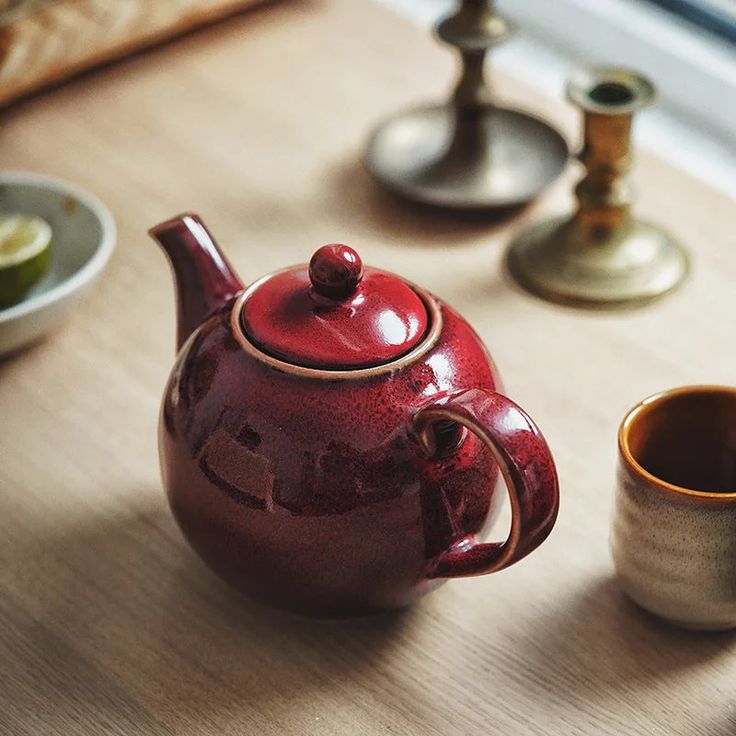
Conclusion
Choosing the perfect handmade ceramic teapot is a rewarding experience that can elevate your tea-making ritual. By understanding the various styles, materials, sizes, and design considerations, you’ll be able to select a teapot that fits your specific needs. Whether you prefer a small, delicate teapot for green tea or a larger one for family gatherings, a handmade ceramic teapot is a beautiful and functional addition to your home. So, next time you’re looking for the perfect teapot, keep these factors in mind to make an informed choice that will enhance your tea-drinking experience for years to come.
